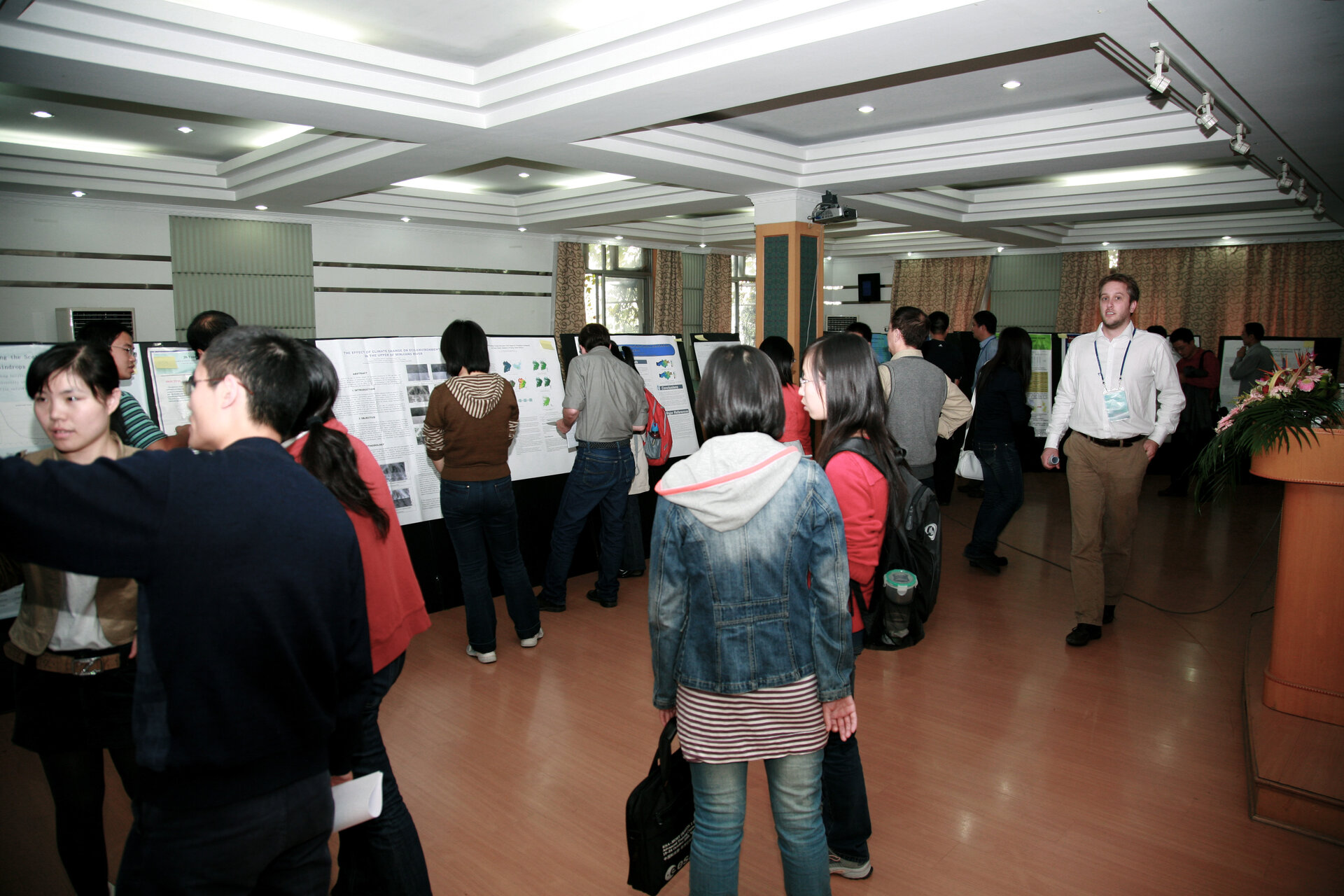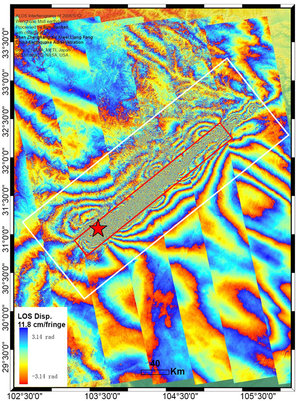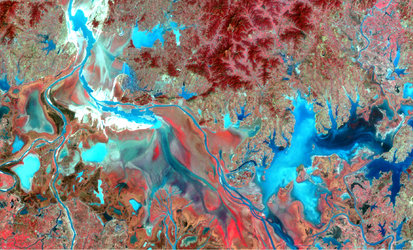The atmosphere is focus of Dragon training course
Sixty doctoral-level Chinese scientists gathered at Nanjing University in the People’s Republic of China to attend a weeklong advanced training course devoted to monitoring the atmosphere over China with instruments on ESA’s Earth observation satellites.
The objectives of the course, held from 19 to 24 October, were to train young scientists to use state-of-the-art techniques in space-based atmospheric science, provide a better understanding of the key concepts of ESA’s ERS and Envisat missions and offer hands-on experience with tools and methods used for data exploitation.
ESA and the National Remote Sensing Centre of China (NRSCC) sponsored the event under the Dragon 2 programme – a wide-ranging research initiative designed to encourage increased exploitation of ESA remote sensing satellite data within China as well as stimulate increased scientific co-operation in the field of Earth observation (EO) science and applications between China and Europe.
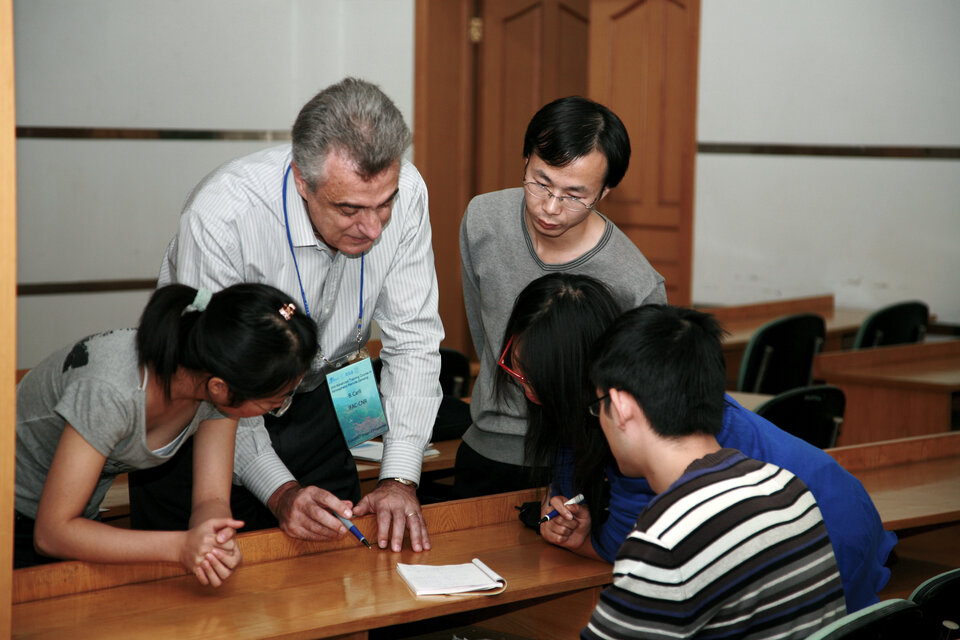
Throughout the week, nine leading European and Chinese scientists presented topics ranging from the use of current ESA satellite instruments for observing trace gases in the stratosphere and troposphere and air quality monitoring to ground-based instruments, retrieval techniques, validation, data assimilation and modelling.
The students were able to exchange their scientific concepts and present the projects they are working on during a poster session.
"The course was especially useful for me as I got to hear more about trace gas retrieval algorithms and tools to handle the ESA atmospheric data products," said Yong Wang from the Institute of Atmospheric Science, Beijing.
Wang, who currently uses data from the Global Ozone Monitoring Experiment (GOME) instrument on ERS-2 to investigate ozone variability over China, attended the course to learn more about other trace gases involved in ozone chemistry, based on satellite data.
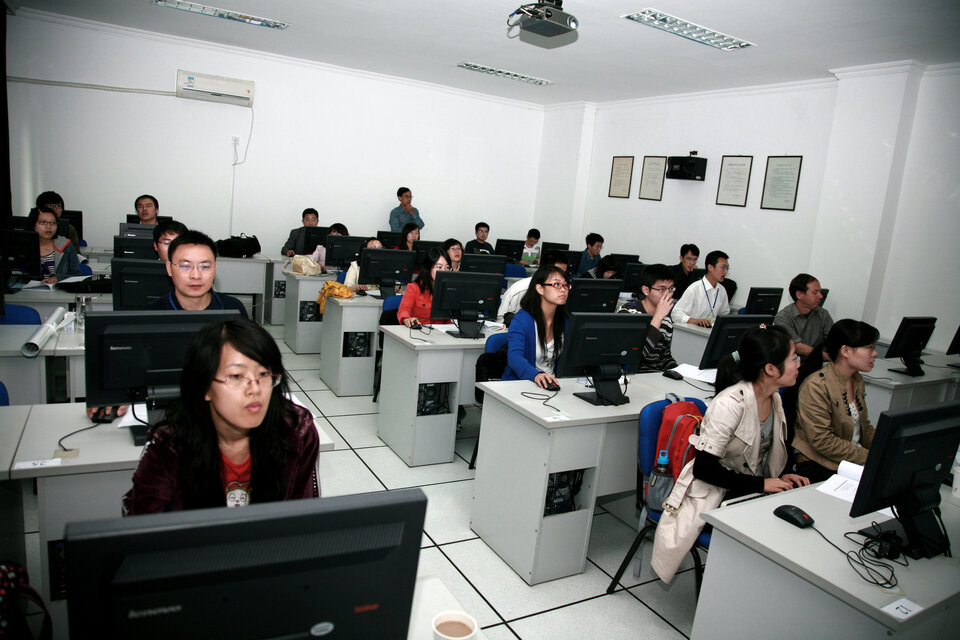
"The lectures and tutorials on data assimilation were special highlights for me, as I plan to apply assimilation techniques in my future work to study stratospheric and tropospheric dynamical exchange processes," he said.
Wang Ke from Nanjing University, who is using data from the Scanning Imaging Absorption Spectrometer for Atmospheric Chartography (SCIAMACHY) instrument on Envisat to study carbon monoxide emissions over China, said she was "very impressed with the high level and quality of the scientific lectures."
Space-based sensors are a very good way to carry out effective global and regional monitoring of the atmosphere and are especially useful tools for analysing trends and seasonal variations in atmospheric gases.
The Global Ozone Monitoring by Occultation of Stars (GOMOS), Michelson Interferometer for Passive Atmospheric Sounding (MIPAS) and SCIAMACHY instruments on Envisat have significantly enriched the scope of observational capabilities by making use of a variety of novel measurement techniques and enhanced spectral coverage.
These instruments also represent a continuation of GOME on ERS-2. Together, these data give users unprecedented insight into the atmosphere’s chemical and physical processes.
Satellite instruments in spotlight
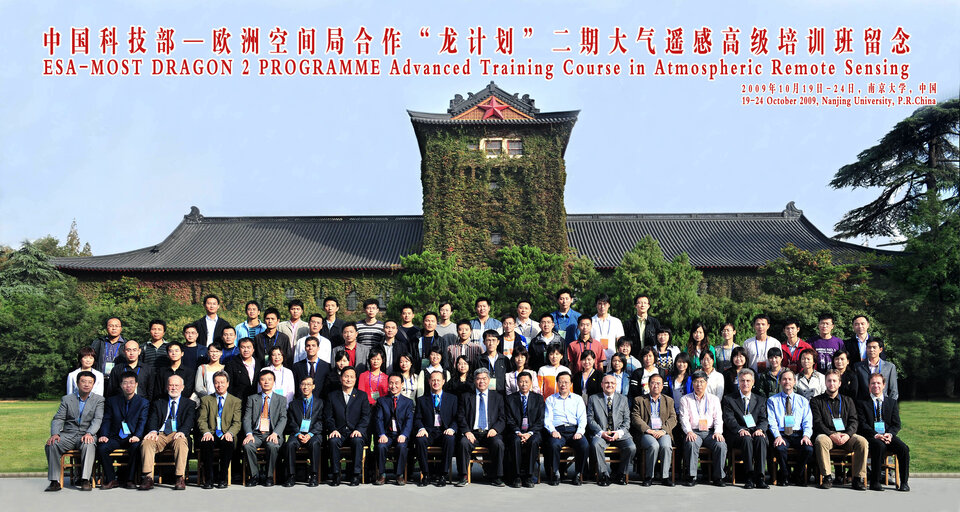
The GOME instrument, launched aboard ERS-2 in April 1995, has enabled scientists to make long-term measurements of ozone. Data from the GOME instrument show how the ozone in Earth's atmosphere changes with time. A key feature of GOME is its ability to detect other chemically active atmospheric trace-gases as well as aerosol distribution.
By using different measurement geometries, SCIAMACHY can identify multiple trace gases in the stratosphere all the way down to the surface level. These include greenhouse gases, such as carbon dioxide and methane, as well as air pollutants, such as nitrogen dioxide and sulphur dioxide, that are created artificially by human activity.
GOMOS is an ESA instrument aimed at ozone monitoring by measuring occultation of stars. It provides altitude-resolved global ozone mapping and trend monitoring with very high accuracy, as needed for the understanding of ozone chemistry and for model validation.
MIPAS is a Michelson interferometer that detects the Earth’s limb emission in the mid-infrared. MIPAS provides accurate vertical profiles of atmospheric temperature and a number of key trace gases and covers a height range from the upper troposphere to the lower mesosphere.


